We made three kinds of hassle-free dashi soup stock using the handily microwavable Dashi Pot
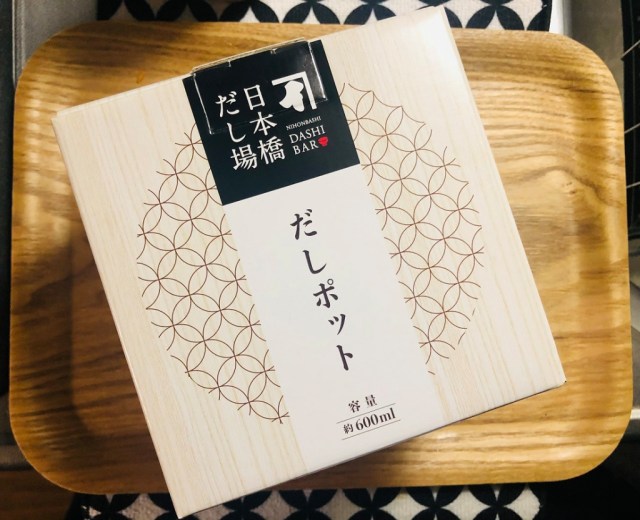
This simple device could change your Japanese cooking routine forever.
Dashi, or soup stock, is indispensable for cooking a large number of Japanese dishes. The stock is usually made by near-boiling kombu (kelp) and katsuobushi (bonito flakes) and then straining the resultant liquid, though it can also be made using sardines or shiitake mushrooms instead.
While not exactly difficult to make, the process of preparing it over the stove and then straining it definitely becomes tedious when you have to do it day after day. Using dissolvable bonito powder makes it a little easier, but we were intrigued upon learning about another less cumbersome way to make dashi using dried flakes–with the help of Ninben’s Dashi Pot.
▼ Dashi Pot and Katsuobushi Set (3,850 yen/US$35.70)
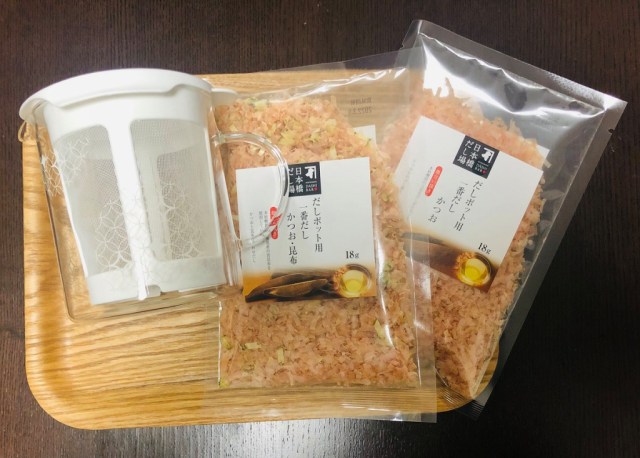
Well-established Japanese company Ninben has been making products related to katsuobushi and dashi for over 300 years. We got our hands on their popular Dashi Pot, which is composed of three main pieces: a heat-resistant glass pot, a mesh filter, and a lid.
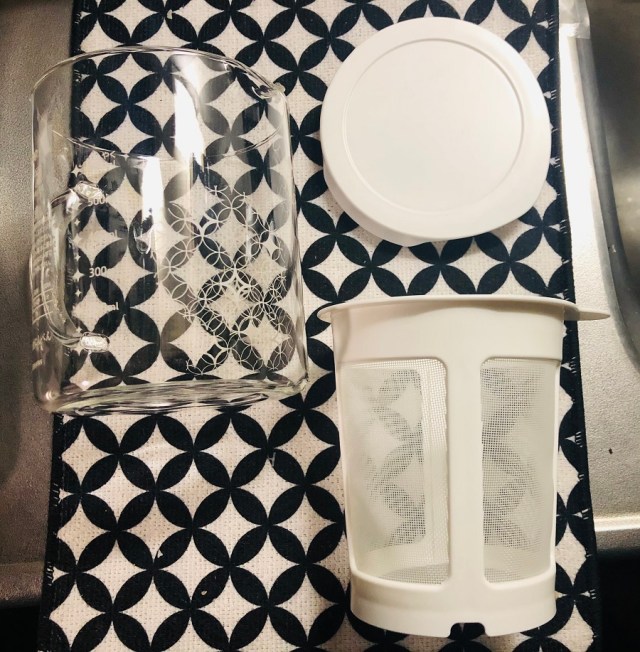
The instructions seemed foolproof. When you’re ready to make dashi, simply assemble the mesh filter inside of the pot, add kombu, katsuobushi, and water, and heat it in the microwave without the lid. Then, latch the indented bottom of the mesh filter onto the rim of the glass pot to strain the liquid.
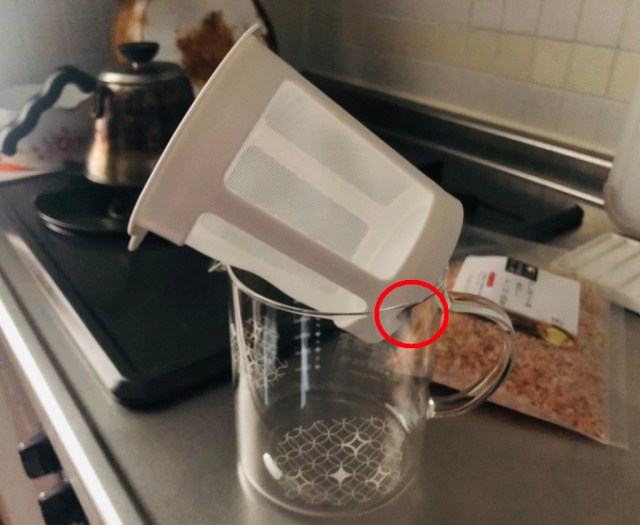
Here’s a video from Ninben demonstrating its simplicity:
So how does it stack up in real life? We were super excited to test it out for ourselves. We poured one 18-gram (0.63-ounce) bag of katsuobushi that came with the Dashi Pot and Katsuobushi Set into the mesh filter.
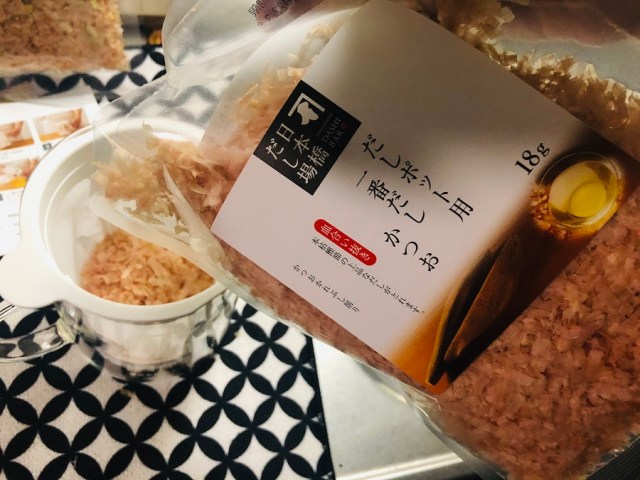
Next we poured in 600 milliliters (2.5 cups) of water.
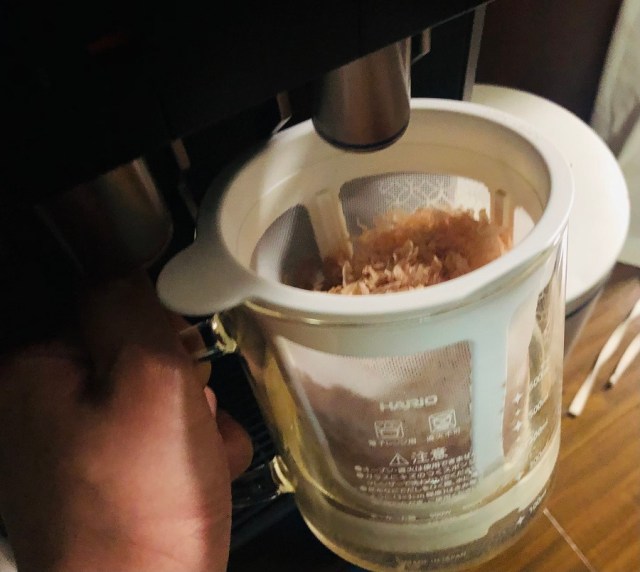
After zapping it in the microwave for seven minutes and letting it strain, we were left with this beautifully golden, hassle-free dashi.
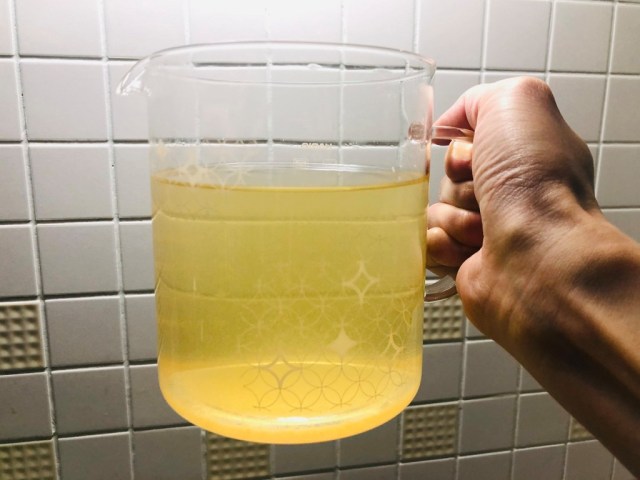
The Dashi Pot really was shockingly simple to use! This success called for a celebratory bowl of miso soup on the fly. Even though we only added green onions as an accent, the full-bodied flavor of the dashi and miso was more than enough to satisfy any cravings.
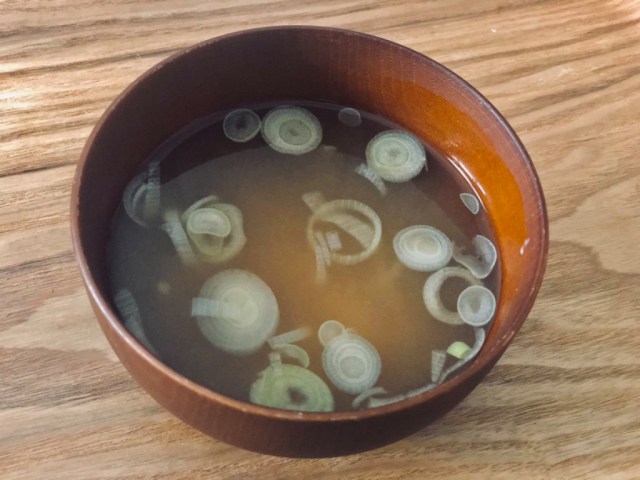
The pure simplicity of the device got us thinking–could the Dashi Pot be used for making different kinds of soup stock using ingredients other than katsuobushi? The instructional manual didn’t say anything about its potential or lack of potential thereof, so there was only one way to find out–by doing a little bit of kitchen experimenting.
First up we tried adding chicken thighs, green onion, and fresh ginger to make a chicken stock.
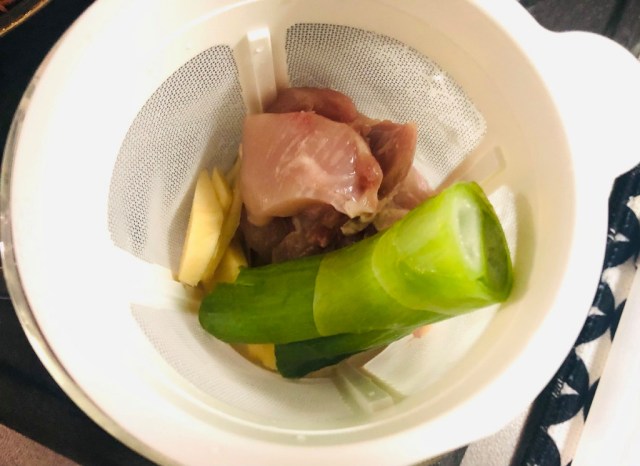
We weren’t sure exactly how much chicken to use and ended up estimating with about 80 grams of meat. Then we added the water and popped it in the microwave for a slightly longer 10 minutes.
The resulting strained stock looked pretty good, but the ginger definitely overpowered the other flavors. Adding some salt and pepper helped to take the edge off and turned it into a tasty chicken soup.
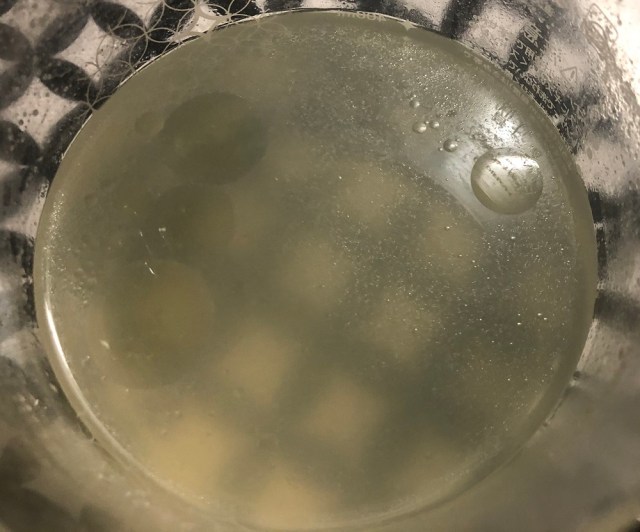
▼ The cooked chicken was also deliciously tender. We recommend sprinkling some ponzu sauce on it or making it into chicken salad.

Next up was making a stock from shrimp. We were worried that the kitchen would become incredibly smelly if we were to plunk whole shrimp into water the way they were, so we first roasted separated shrimp heads and shells on a pan over the stove to dry them out a bit.

We also weren’t entirely sure how many shells to add to the Dashi Pot and guessed by filling the mesh filter up about halfway.
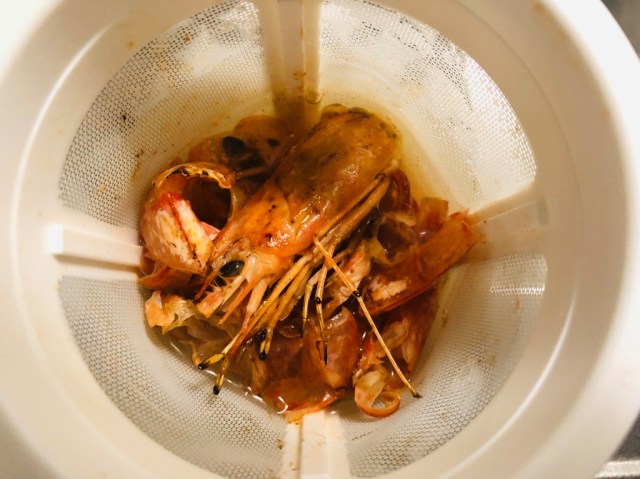
A little bit of water, another 10-minute spin in the microwave, and then we quite literally held our breath…

…but roasting the shrimp bits ahead of time had worked like a charm. The air was fragrant with the smell of delicious seafood, but not in an overwhelmingly smelly way.
▼ The shrimp stock would go especially well with some salt, pepper, and sesame oil to make a Chinese-inspired soup.
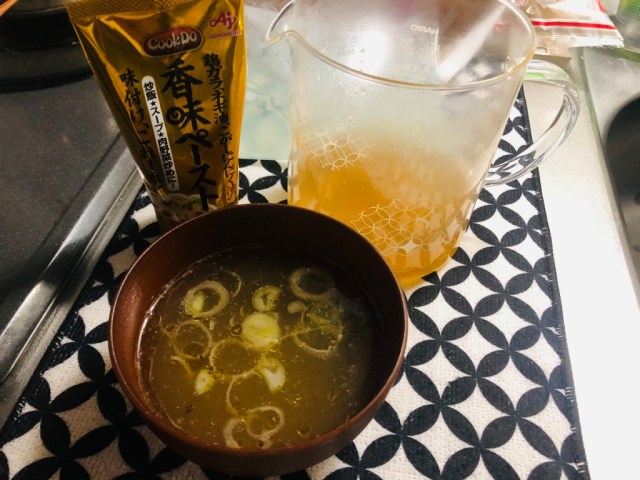
All in all, Ninben’s Dashi Pot was a sound purchase. We wholeheartedly recommend it for anyone who needs to make dashi for Japanese cooking on a regular basis. If you need a reminder about how essential dashi is for the Japanese palate, just remember that Coca-Cola Japan even makes a drinkable dashi that you can purchase from vending machines.
Reference: Ninben
All images © SoraNews24
● Want to hear about SoraNews24’s latest articles as soon as they’re published? Follow us on Facebook and Twitter!
Credit:

0 comments:
Post a Comment